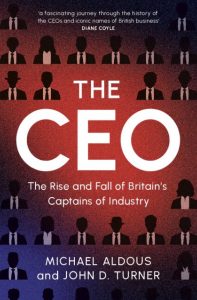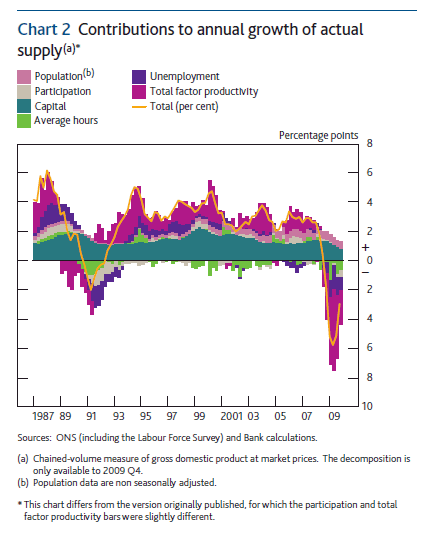[amazon_link id=”0446571598″ target=”_blank” ]The Org[/amazon_link] by Ray Fisman and Tim Sullivan has a subtitle that many people might consider to be a contradiction in terms: The Underlying Logic of The Office. A majority of us work in offices, and we know it isn’t logic so much as emotion or perhaps just habit that drives things. Often, indeed, the emotions of the kindergarten playground.
Nevertheless, Fisman and Sullivan have achieved that rare feat of writing a book about management and organisation that offers genuine new insights, and is a good read as well. I thoroughly enjoyed it.
The key moment of illumination comes early in the book when they write: “Jobs that stay inside the org are the hard ones: hard to measure, hard to define and hard to do. If they were easy, we’d hire contractors to do them for us, and the market, with prices working their magic, would work just fine at getting the job done.” The way to understand orgs – and why so many are so badly run – is that the work people do in them is characterised by information asymmetries and transactions costs.
The book applies the principles of information economics to many examples of organisations ranging from the US Army and the Baltimore Police Department to Apple and Citigroup. It also covers issues such as organisational culture, rocketing executive pay, merger mania, innovation (they recommend the ‘skunkworks’ approach) and the like, bringing in other areas of economics as needed – game theory, economics of ‘superstars’, behavioural psychology.
For example, take the pay spiral. The chapter begins by recounting John Thain’s extravagance – $1,400 for a waste paper basket in an office remodelling that cost $1.2 million. It moves onto Henry Mintzberg and others documenting that what CEO’s do is get interrupted by people who want to talk to them, in between all the meetings. They have little time alone and certainly don’t spend time poring over data and documents to make a rational calculation about the best thing for the business to do. Decisions are based on the CEO’s judgements about information conveyed verbally by a selection of other people. The skill of the CEO is gathering and weighing soft information.
Relatively few do this well. After all, running an org is really difficult, as already described. So slightly greater skill in doing so is amplified into significantly greater pay: a good CEO decision will be really valuable financially to a big company. Just like Hollywood stars, a slight edge makes an individual executive a hot property in the CEO jobs market. The market rewards them correspondingly. Remuneration committees embed this upward spiral because they have interlocking memberships – not necessarily the same individuals, but connected in a social network. Besides, the Remcos believe that their guy is better than average – the Lake Woebegone effect – so deserves better than average CEO pay. And the spiral continues. So this chapter uses various parts of the economics toolkit to explain the excessive pay phenomenon. CEOs are doing difficult work, are valuable to their orgs – and they’re still overpaid.
For, contrary to popular belief, management is in general a good thing. The authors cite evidence that better managers deliver better outcomes in the public sector, where administrators and managers tend to be reviled – in terms of exam results in schools or survival rates in hospitals. One of the most striking bits of evidence is the massive increase in productivity in an Indian textiles firm given $250,000 of free consultancy advice by Accenture (49 firms turned down the offer, showing what they thought of management consultants). The key to the improvement was installing systems for tracking inventory and monitoring performance – reducing, in other words, the information asymmetries that had held back the business.
The book is packed with great examples. Fisman is Professor of Social Enterprise at Columbia Business School, and was the co-author of another terrific book, [amazon_link id=”0691144699″ target=”_blank” ]Economic Gangsters[/amazon_link] (with Ted Miguel). Sullivan is editorial director of Harvard Business School Press.
Their bottom line is that managing an organisation is intrinsically difficult. “If there’s one message to take away from this book, it’s that a glass half full may be the best you can hope for.” That is so much more plausible a conclusion than conventional management books that advocate one gimmick or another.
Even with this note of realism, though, the principles and examples set out in The Org will help anybody who manages anything think through the specifics of their own organisation, and maybe improve its management a little. And even small improvements are well worth having.
[amazon_image id=”0446571598″ link=”true” target=”_blank” size=”medium” ]The Org: The Underlying Logic of the Office[/amazon_image]


